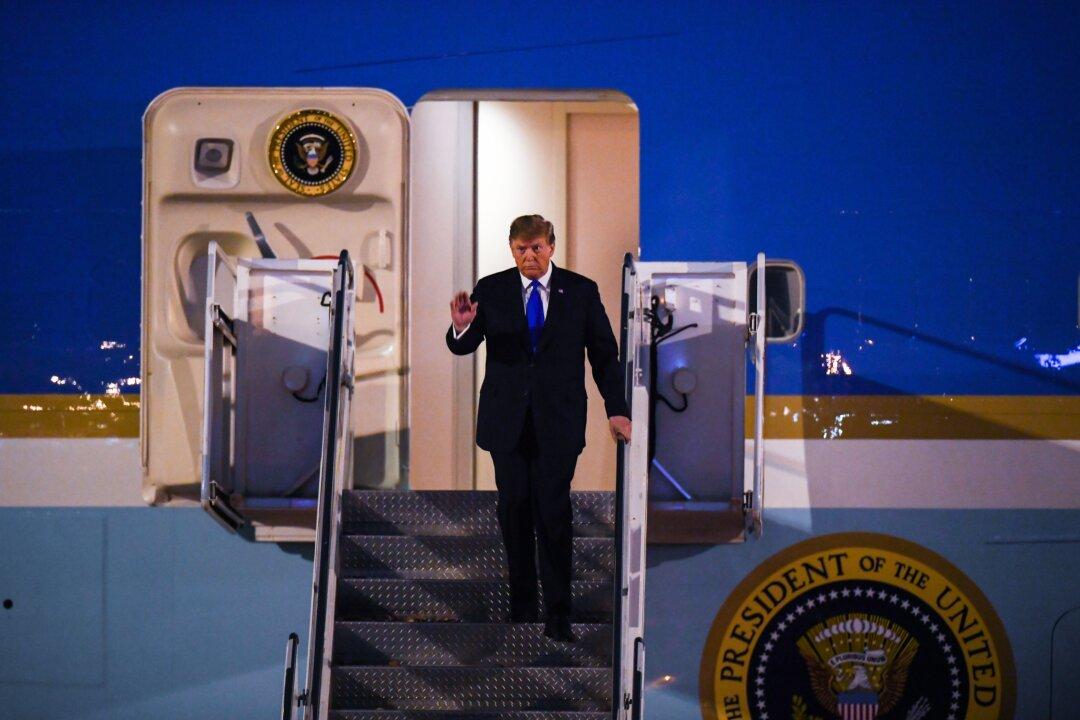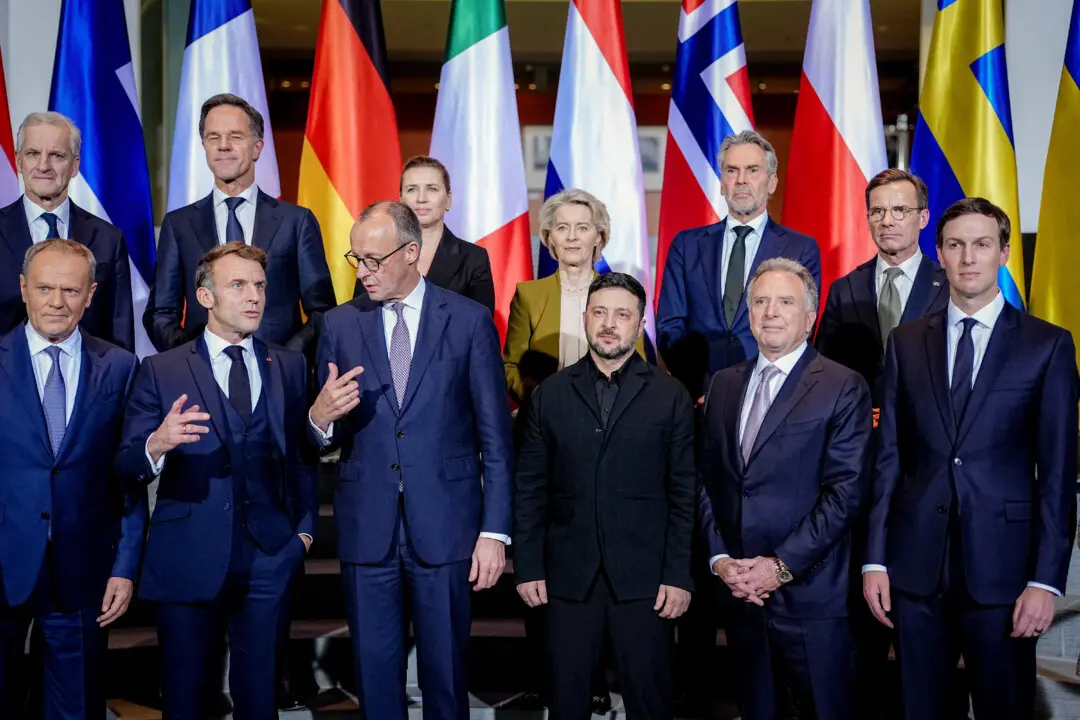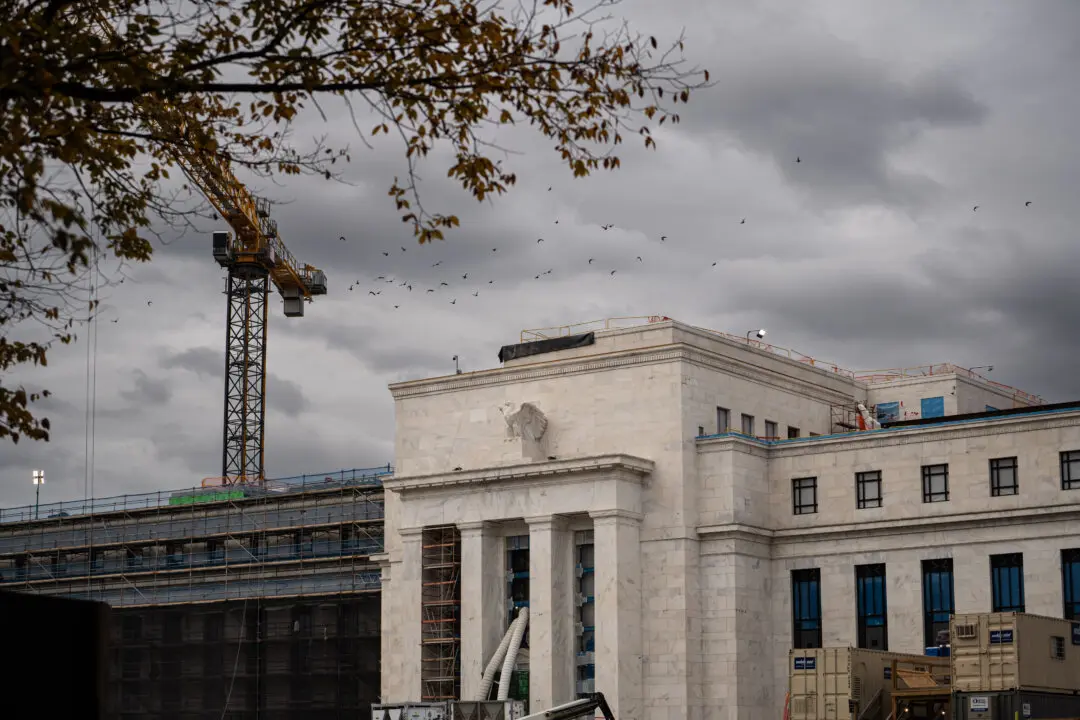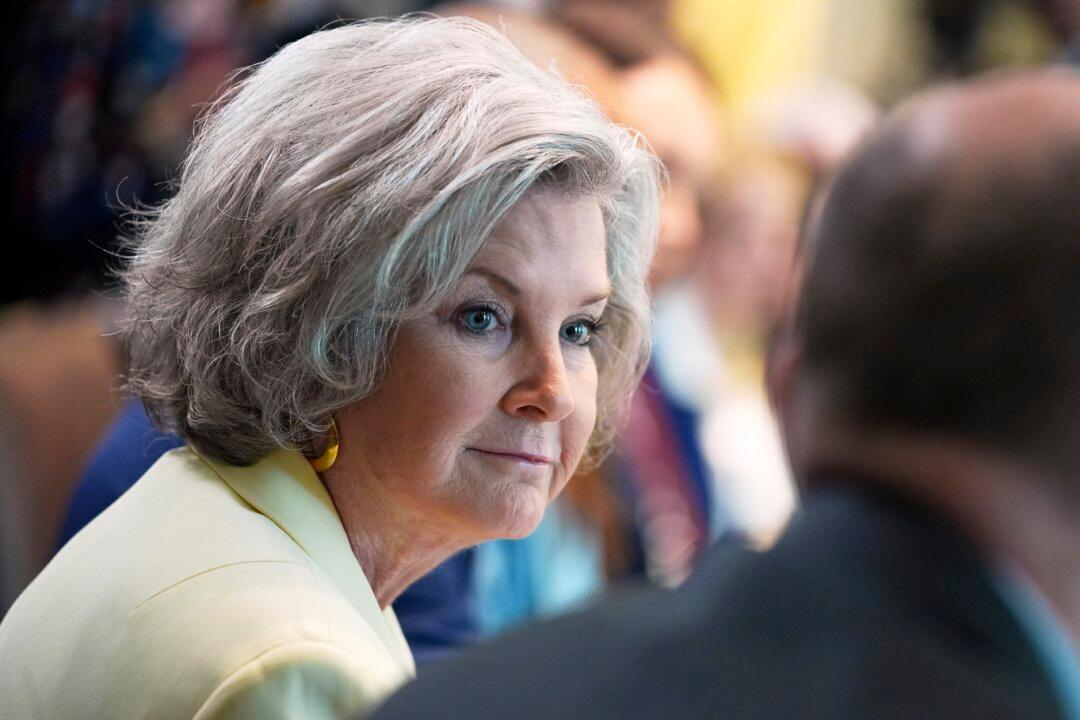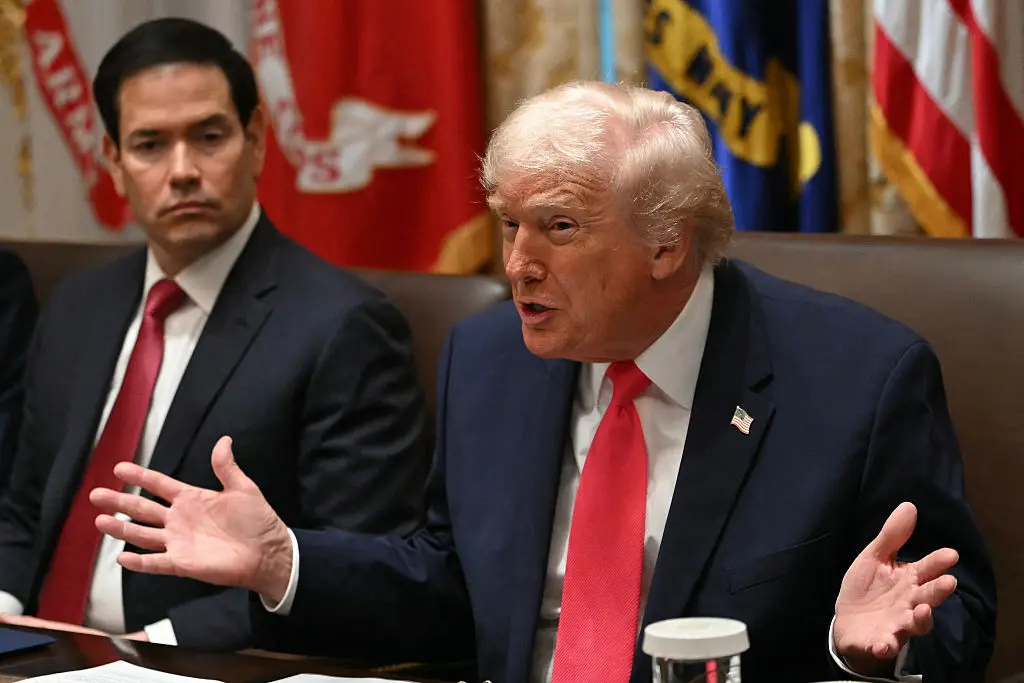HANOI, Vietnam—President Donald Trump arrived in Vietnam on Feb. 26 ahead of his second historic summit with North Korean leader Kim Jong Un. After an about 20-hour flight, Trump arrived to a red-carpet welcome at 8:55 p.m. local time at Hanoi’s International Airport.
Following the 2018 summit in Singapore, Trump and Kim will meet for the second time on Feb. 27 and 28 in Vietnam’s capital, Hanoi.
